Barnyard Runoff Control (Roof Runoff Structures)
Purpose/Function:
The basic tenant of this practice is to “keep clean water clean.” This practice retrofits existing animal waste storage structures that may not have runoff control. Runoff controls help prevent runoff from upslope areas and roofs to the feedlot or “loafing” area of animals. By controlling this runoff, potential waste nutrients to streams is kept in an area where it can be better managed. Benefits include: improving water quality; reducing soil erosion; increasing infiltration; and protecting buildings and other structures from water damage.
Initiation protocol:
Contact the local Soil Conservation District or University of Maryland Extension for assistance.
Public acceptance:
Widely accepted.
Implementation Factors (level of difficulty):
Moderate to Difficult.
Funding Sources / Options:
Funding provided by the Maryland Agricultural Water Quality Cost Share (MACS) Program, the Chesapeake and Atlantic Coastal Bays Trust Fund and the U.S. Department of Agriculture’s Environmental Quality Incentives Program (EQIP).
Costs:
Costs estimated as $ per acre of practice installed.
| Cost Estimates | EPA | MDA | Average |
| Initial | $993 | $5,700 | $3,346.50 |
| Annual | $- | $- | $- |
| Lifespan (yrs) | 15 | 10 | 15 |
| Annualized | $66.20 | $570 | $223.10 |
Load Reduction Efficiency:
Average Total Nitrogen removed per acre of practice per year
|
Low 5.86 lbs. |
Medium 21.53 lbs. |
High 45.35 lbs. |
Cost per pound removed = $13 to $97
Average Total Phosphorous removed per acre of practice per year
|
Low 0.86 lbs. |
Medium 3.46 lbs. |
High 7.01 lbs. |
Cost per pound removed = $81 and $663
Average Total Suspended Solids removed per acre of practice per year
|
Low 134 lbs. |
Medium 1,258 lbs. |
High 2,138 lbs. |
Cost per pound removed = $0.27 and $4.25
Operation & Maintenance:
Keep roof runoff systems clean and free of debris and obstructions that reduce flow. Inspect regularly and perform repairs to ensure proper function. Maintain grassed areas around the structure. Fill in low areas and re-grade as needed using materials like those originally installed.
Climate Change Considerations:
N/A
Planning Questions to Consider:
Does runoff need to be diverted away from structures or contaminated areas? Will the runoff be collected and used for other purposes?
Technical Notes:
Obtain necessary permits and authorizations before construction. Follow Natural Resource Conservation Service design specifications. Runoff may empty into surface or underground outlets. Outlets must not discharge near wells, septic system drain fields, basements or buried tanks. Discharge runoff a minimum of five feet from any building. The discharge area must slope away from the structure. Avoid discharging outlets directly into surface waters. When feasible, divert runoff onto pervious landscapes such as lawns, infiltration trenches and natural areas to allow infiltration of runoff.
Helpful Links:
Related Best Management Practices
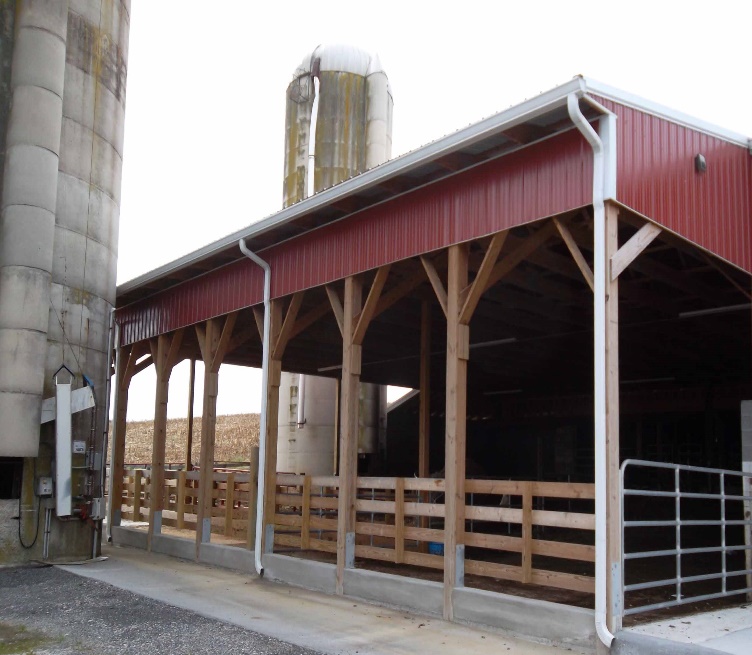
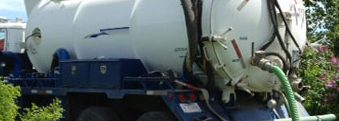


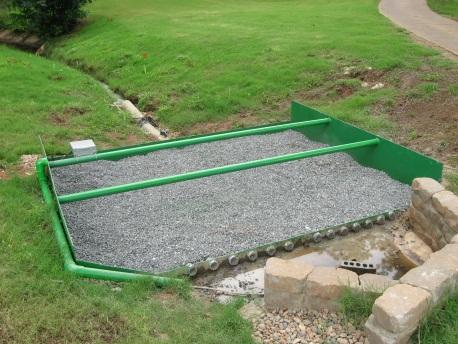
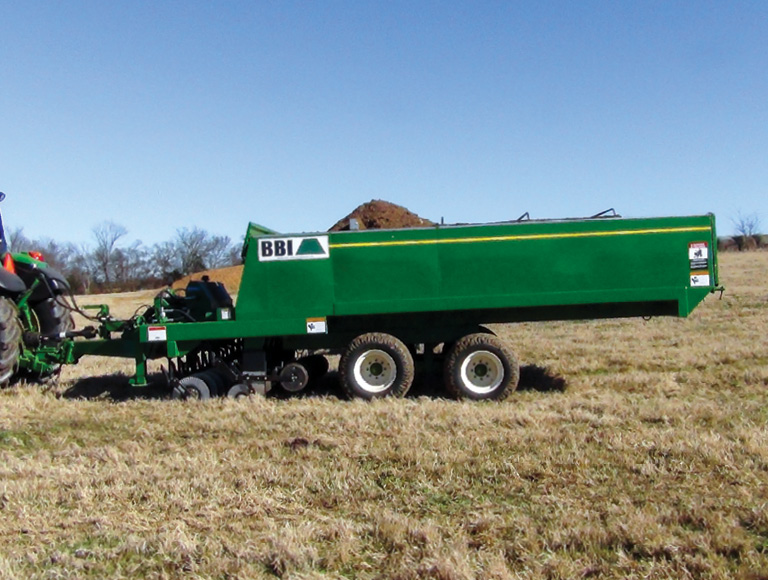
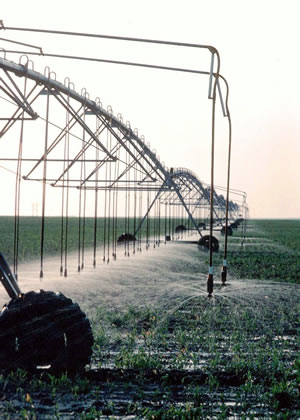
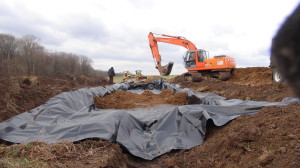
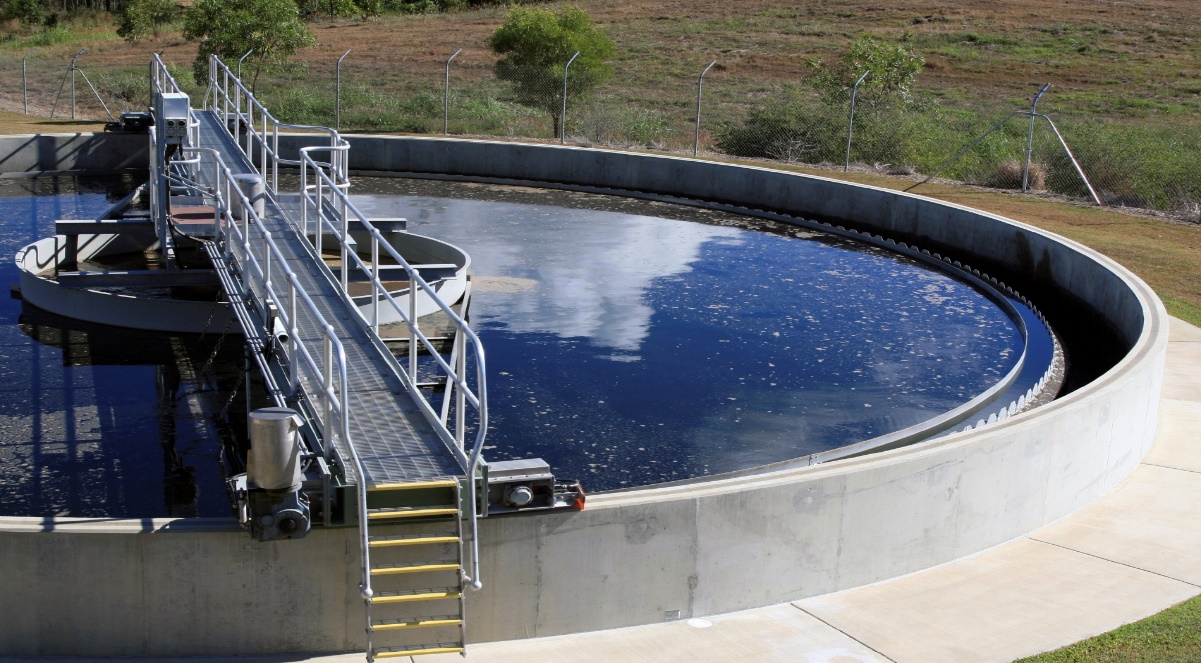


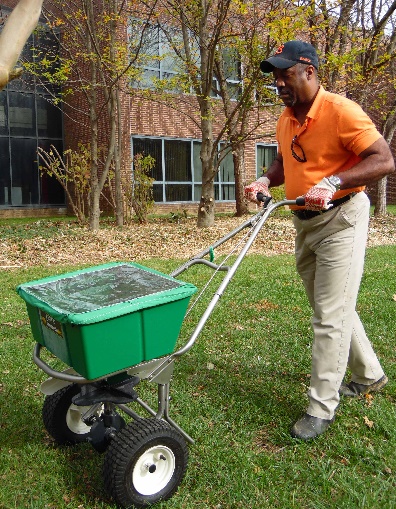

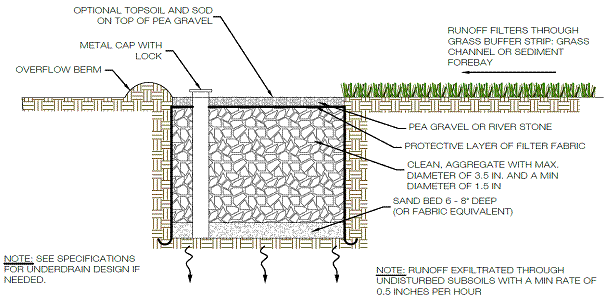
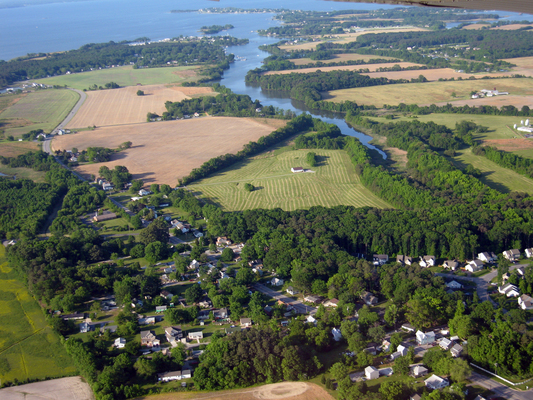
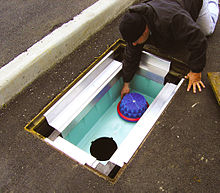
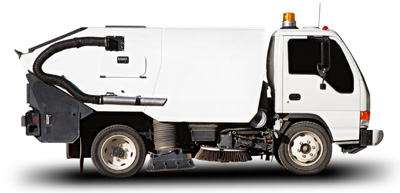
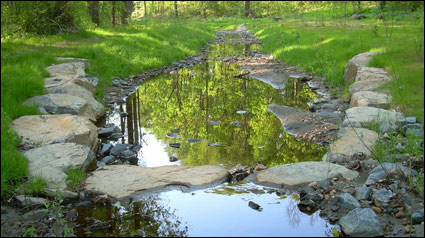
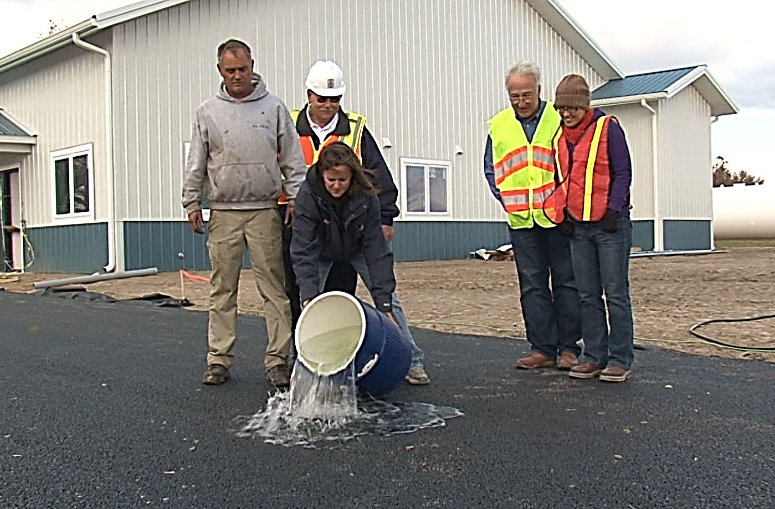
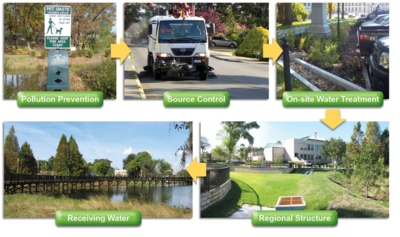
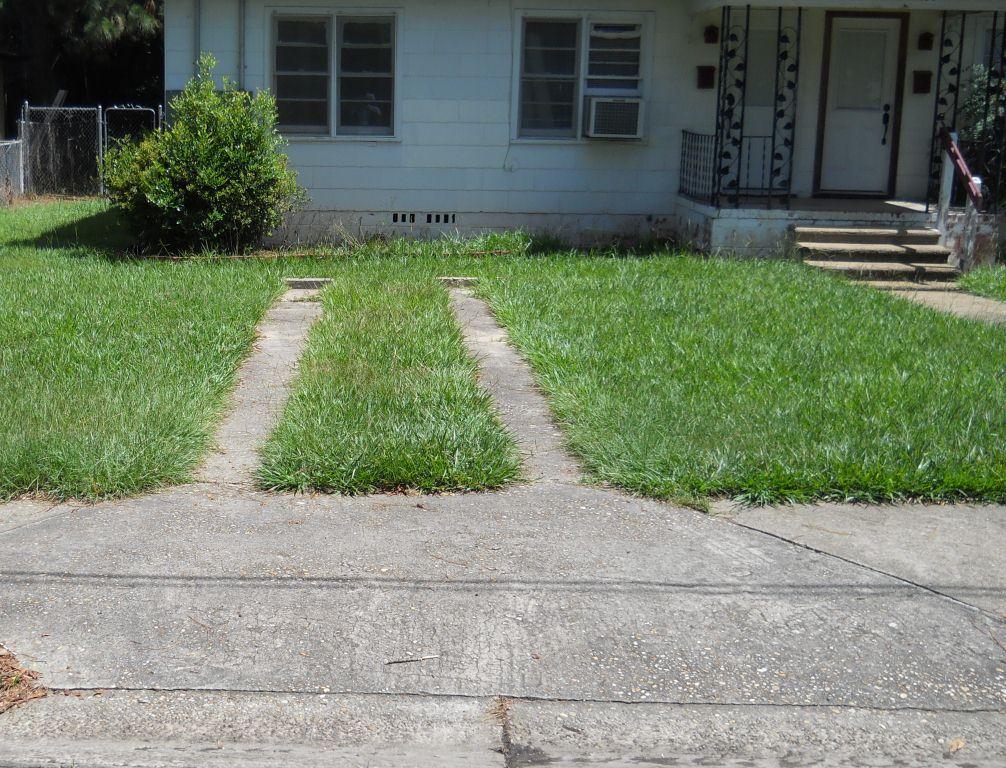
Feedback on This Best Practice